Vietnam's 5% broken rice export price has returned to the $400/ton mark, close to the same type of Thai rice export price and higher than the same type of Indian rice...
Rice price today March 27: Rice stable, fresh rice increased
Rice prices today, March 27, in the Mekong Delta region continue to fluctuate, rice prices are stable, fresh rice prices increase.
Specifically: Regarding rice, according to the update from the Department of Agriculture and Environment of An Giang province, IR 50404 raw rice fluctuates at 7,700 - 7,800 VND/kg; OM 380 raw rice fluctuates at 7,500 - 7,600 VND/kg; 5451 raw rice fluctuates at 8,600 - 8,750 VND/kg; OM 380 finished rice fluctuates at 8,800 - 9,000 VND/kg; IR 504 finished rice fluctuates at 9,500 - 9,700 VND/kg.
Regarding rice, according to the update from the Department of Agriculture and Environment of An Giang province, the current price of OM 5451 rice (fresh) increased by 100 VND/kg, fluctuating between 5,800 - 5,900 VND/kg; the price of IR 50404 rice (fresh) increased by 100 VND/kg, fluctuating between 5,600 - 5,700 VND/kg; the price of Dai Thom 8 rice (fresh) fluctuated between 6,400 - 6,500 VND/kg; the price of OM 18 rice (fresh) fluctuated between 6,400 - 6,600 VND/kg; OM 380 rice (fresh) fluctuated between 5,500 - 5,800 VND/kg; and Nang Hoa 9 rice was at 6,300 - 6,500 VND/kg.
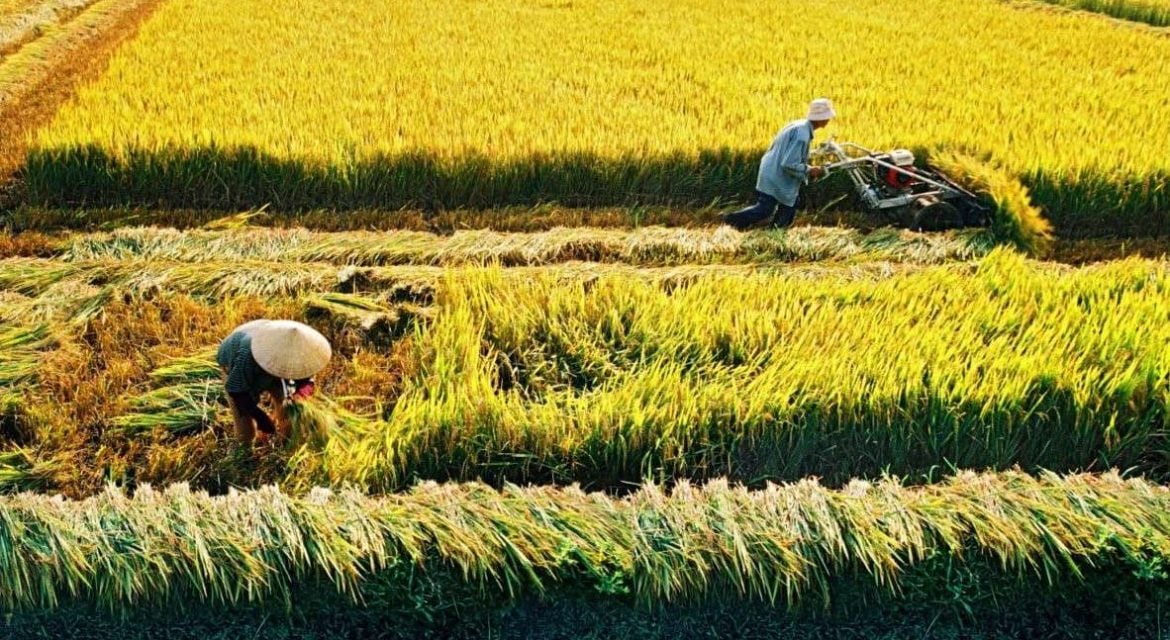
In the export market, according to the Vietnam Food Association (VFA), Vietnam's 5% standard rice has returned to 400 USD/ton; 25% broken rice is at 369 USD/ton; 100% broken rice is at 325 USD/ton.
In the past two weeks, Vietnam's rice export prices have maintained a slight increase of 1 - 4 USD per trading session, while Thai and Indian rice have tended to decrease slightly, narrowing the gap in rice export prices between countries.
Vietnam's 5% broken rice is close to the export price of the same type of rice from Thailand (401 USD/ton) and 4 USD/ton higher than the same type of rice from India.
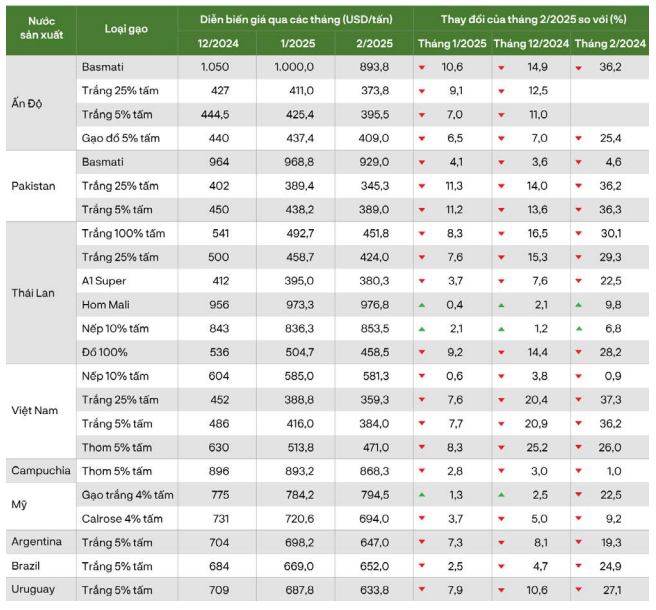
World rice price developments from December 2024 to February 2025. Source: FAO
According to Mr. Do Ha Nam, Chairman of VFA, the rebound in rice prices is largely due to drastic measures from the Government, including preferential funding and implementation of national reserve purchases. Timely coordination from the Government and cooperation from businesses have helped the Vietnamese rice industry stand firm against international pressure.
Changing the structure of rice varieties to meet market demand also plays an important role in maintaining the competitiveness of Vietnamese rice. Some rice varieties, such as sticky rice, are being consumed well with export prices higher than last year, from 570-580 USD/ton compared to 480 USD/ton.
Currently, the provinces in the Mekong Delta are entering the peak harvest season of the Winter-Spring rice crop, with an expected output of 10.77 million tons.
Traditional markets may soon return to importing Vietnamese rice
With the Government’s strong and timely guidance, Vietnam’s rice export prices have increased again after a period of continuous decline. Traditional customers such as the Philippines, China, Malaysia, Africa, etc. are also expected to increase their purchases soon.
According to the forecast of the US Department of Agriculture, global rice trade in 2025 will not change much compared to the previous forecast, reaching 58.5 million tons, down 1.44 million tons compared to 2024.
India remains the world's largest exporter, with an increase from 17.9 million tonnes in 2024 to 22.5 million tonnes in 2025, an increase of 4.6 million tonnes.
The country's rice exports are expected to recover after restrictions on rice exports were gradually lifted since September last year.
In contrast to India's increase, rice exports from the next largest suppliers Thailand, Vietnam and Pakistan are forecast to decline by 2.4 million tonnes, 1.5 million tonnes and 1.2 million tonnes respectively.
USDA forecasts that rice exports from Thailand and Vietnam will both fall to 7.5 million tons this year, while Pakistan will reach 5.3 million tons.
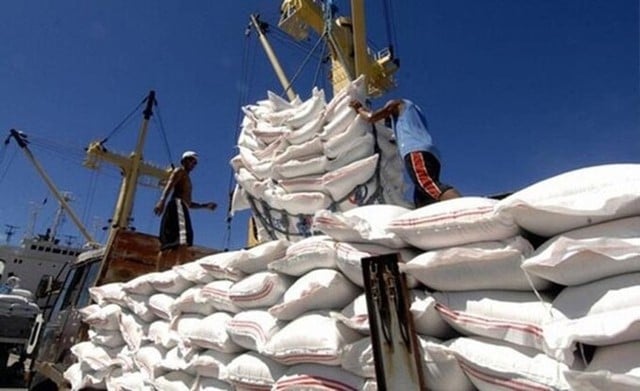
Regarding imports in 2025, Bangladesh's rice import demand increases by 300,000 tons compared to the previous forecast, reaching 1.2 million tons. Similarly, Nigeria's rice import demand increases by 150,000 tons to 2.55 million tons. In contrast, Indonesia's rice import demand may decrease by about 200,000 tons to 800,000 tons.
The Philippines is forecast to remain the world’s largest rice importer in 2025, with a volume of 5.4 million tons, down slightly by 50,000 tons from the previous year. Vietnam’s rice imports are also forecast to decrease by 400,000 tons from 2024, to 3.4 million tons.
Notably, Indonesia’s rice imports are forecast to fall by 3.85 million tonnes to 800,000 tonnes, as recovering domestic supply reduces import demand, despite a significant drop in Asian rice prices.
In Bangladesh, rice imports are expected to increase from 1 million tons to 1.2 million tons; China's imports are expected to increase by 575,000 tons to 2.2 million tons...
This year, except for the decline in Indonesia, demand for rice imports from Vietnam's major markets is generally still relatively good.
High demand from the Philippines, Africa, China and Bangladesh is supporting the price of Vietnamese rice to increase again. This is considered a positive signal for the domestic rice market.
In particular, Bangladesh will import 100,000 tons of white rice from Vietnam under a cooperation agreement between the two governments to supplement supply and stabilize the domestic food market, meeting people's consumption needs. The selling price is set at 474.25 USD/ton, higher than the average price of white rice in the international market, reflecting the stability in quality as well as the reputation of Vietnamese rice.
Regarding India's resumption of 100% broken rice exports, this decision is expected to increase global rice supply and put some pressure on export prices for other countries. However, it will not have much impact on the Vietnamese rice market because our country's export structure mainly consists of fragrant rice varieties, mid-range to high-end rice segments; white rice and broken rice account for a small proportion.
Vietnam has previously imported broken rice from India to serve the needs of processing instant products such as vermicelli, pho, rice paper, etc. India allows the export of broken rice, if the price is competitive, businesses will continue to import and process. However, currently the price of broken rice in India is higher than in Vietnam, so businesses have not made any moves to buy.
Currently, Vietnamese rice is facing fierce competition from Thailand and India. However, the quality of India's old inventory is not up to standard, so sooner or later, traditional customers such as Malaysia and Indonesia will return to Vietnamese rice more.
Source: https://danviet.vn/tin-vui-gao-xuat-khau-5-tam-cua-viet-nam-da-quay-tro-lai-moc-400-usd-tan-20250327114000838.htm





![[Photo] Prime Minister Pham Minh Chinh chairs meeting to remove difficulties for projects](https://vstatic.vietnam.vn/vietnam/resource/IMAGE/2025/3/30/7d354a396d4e4699adc2ccc0d44fbd4f)
![[Photo] Ministry of Defense sees off relief forces to the airport to Myanmar for mission](https://vstatic.vietnam.vn/vietnam/resource/IMAGE/2025/3/30/245629fab9d644fd909ecd67f1749123)

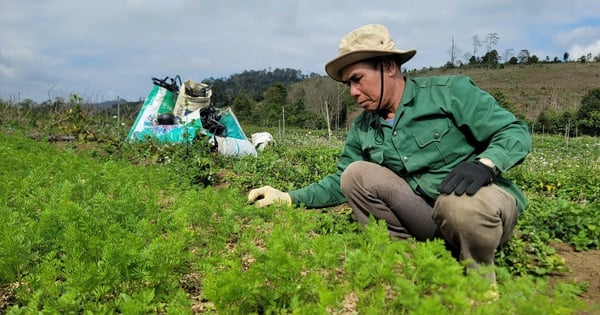
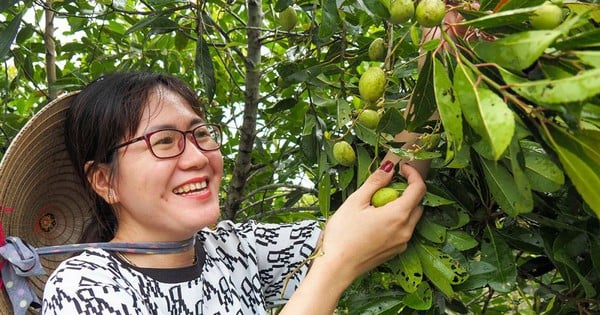
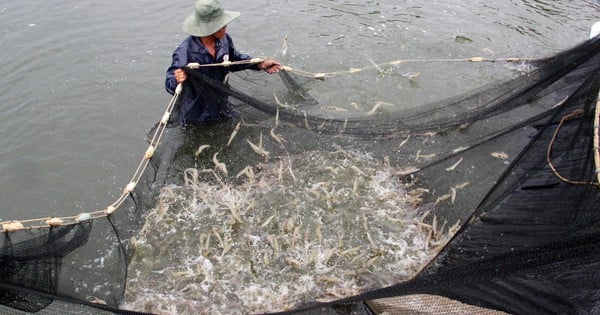






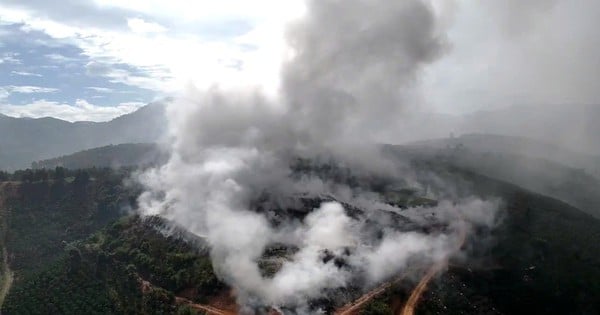

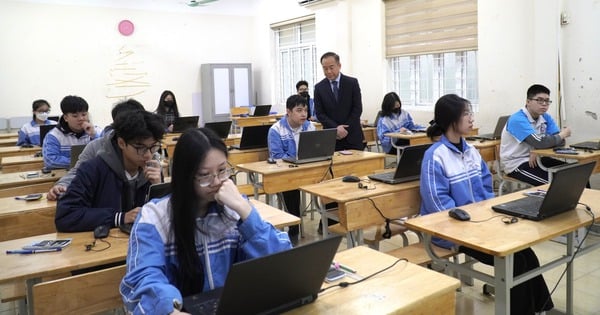


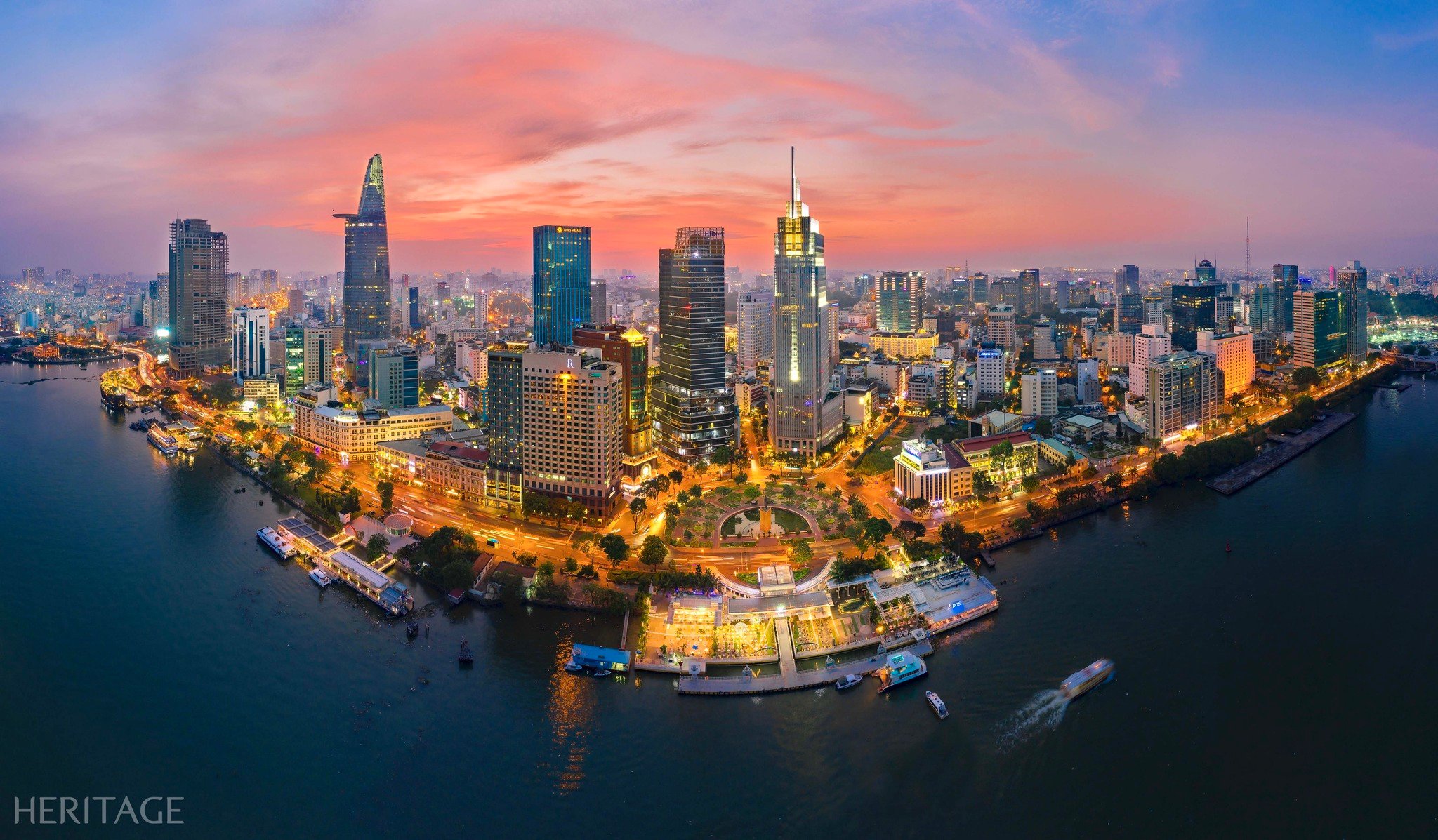

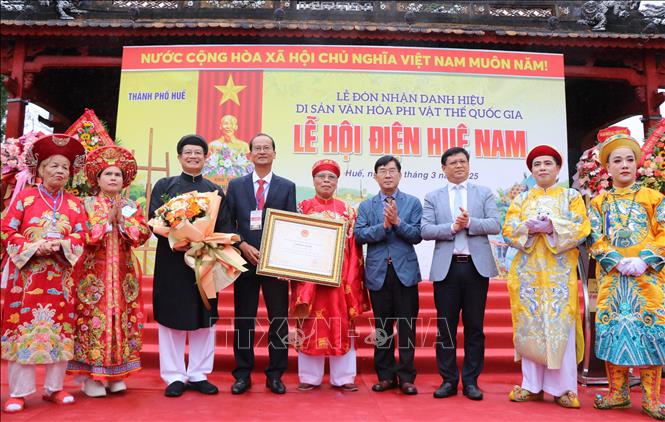

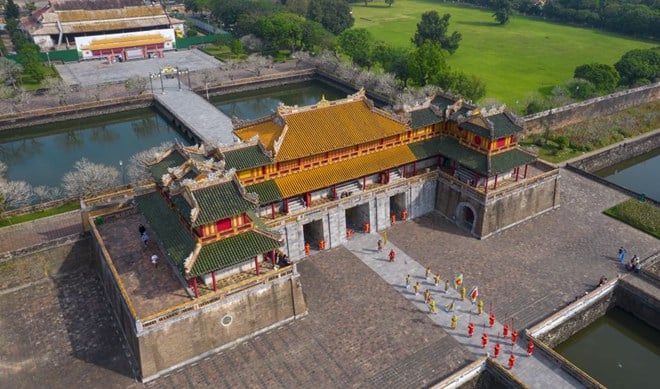







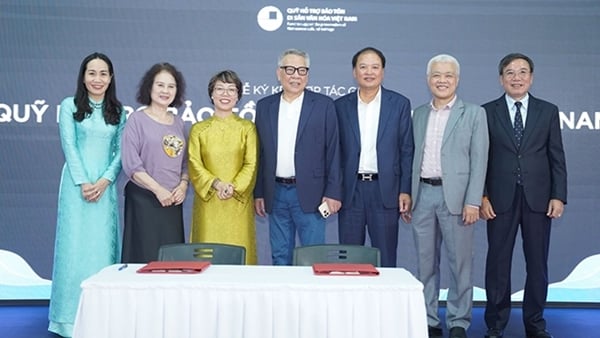
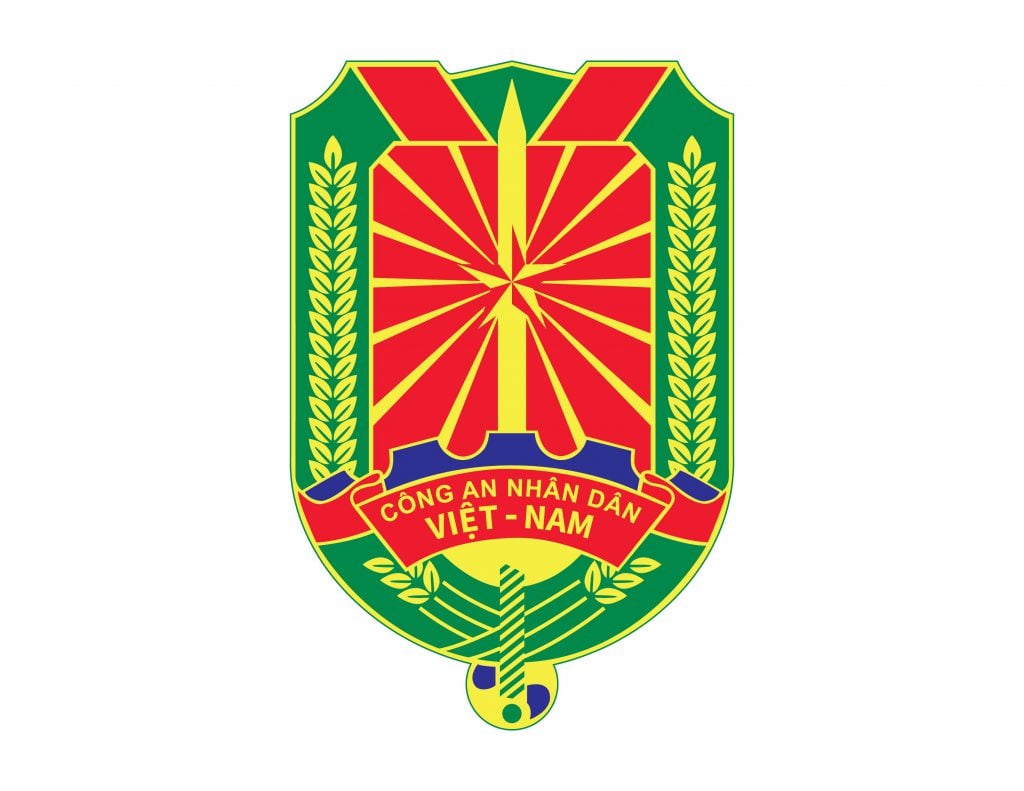
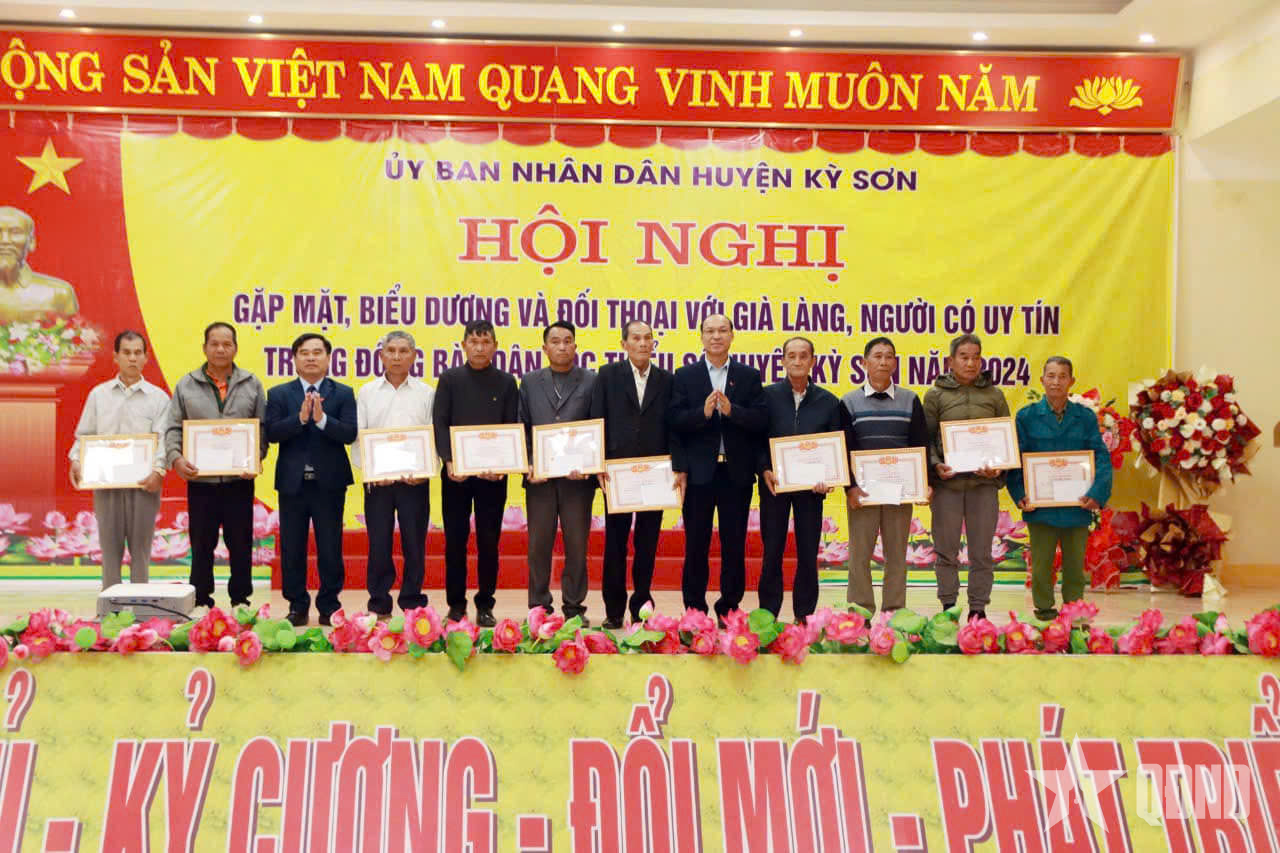




















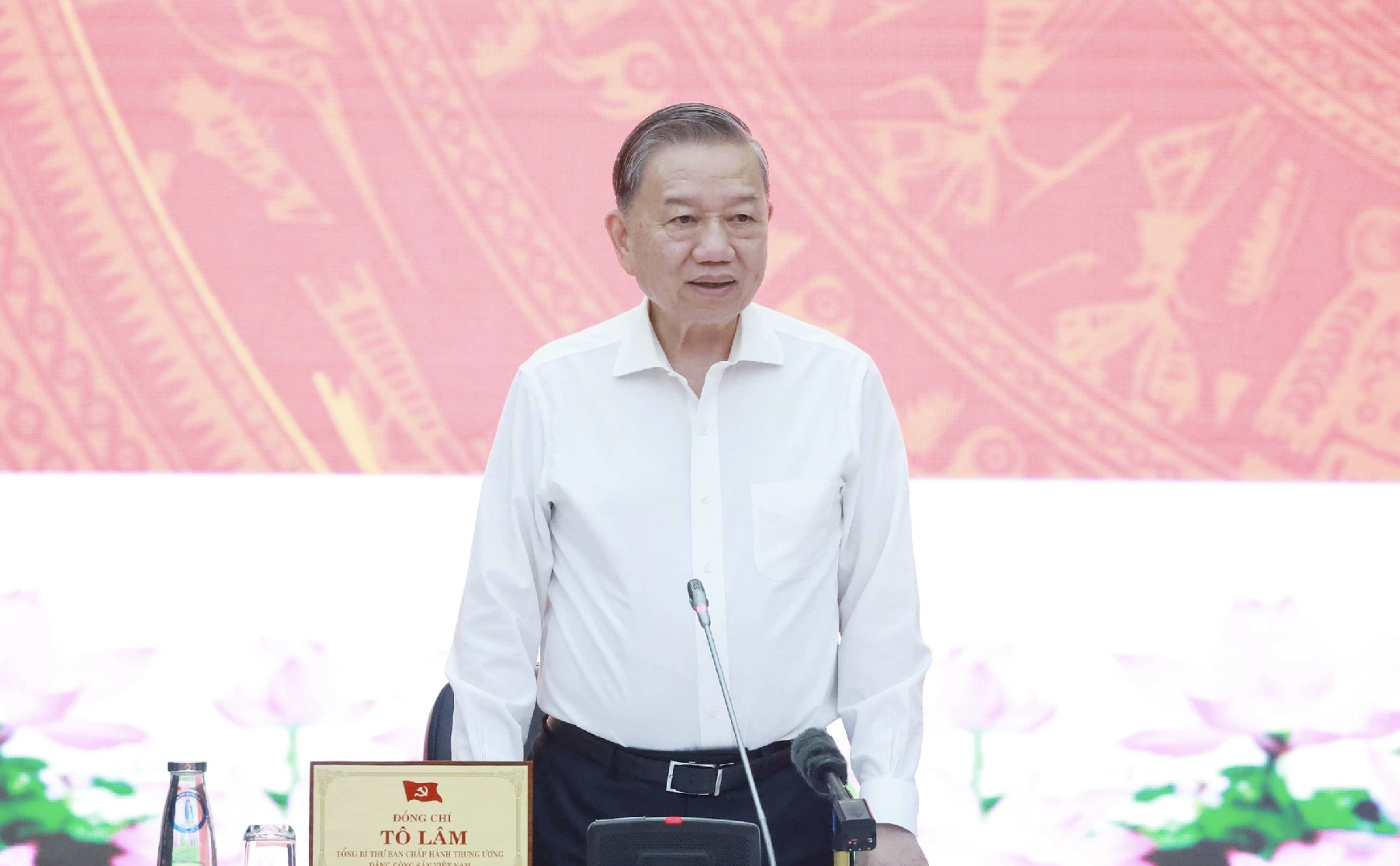





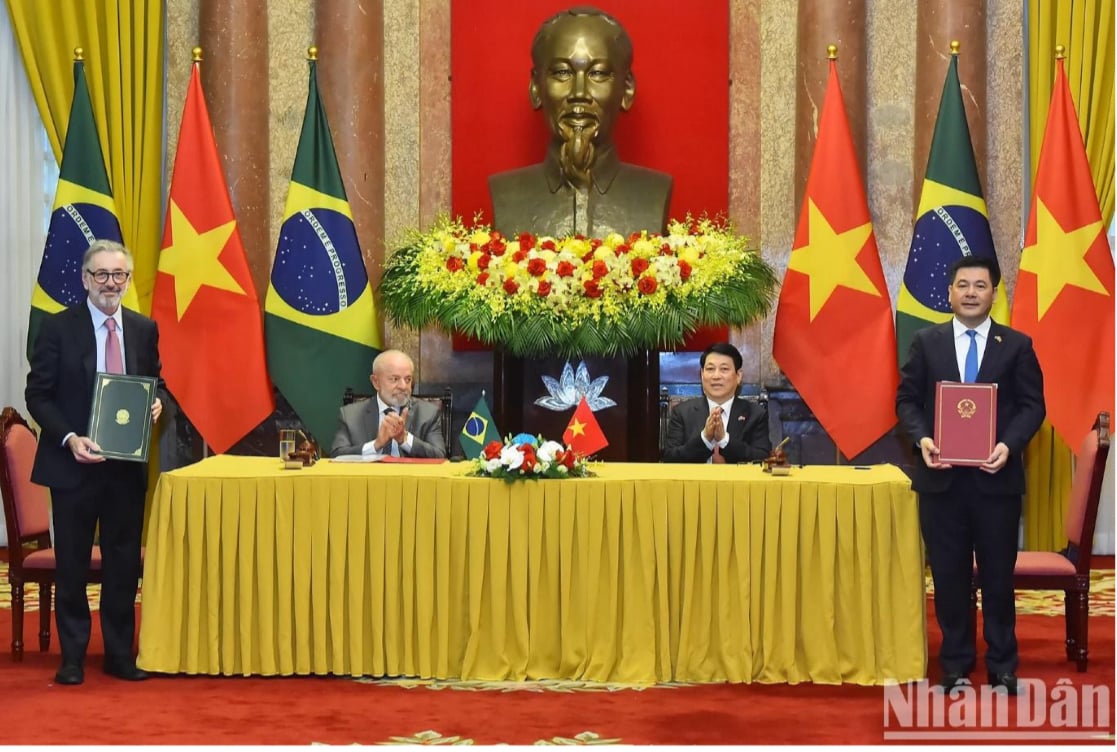

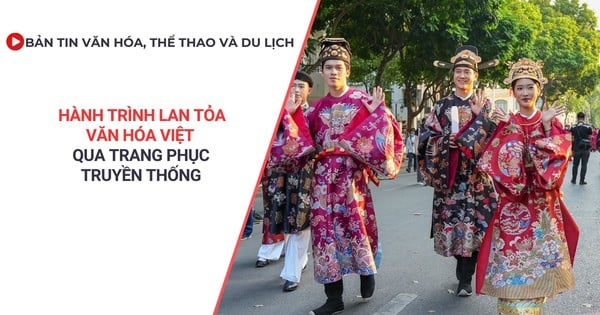




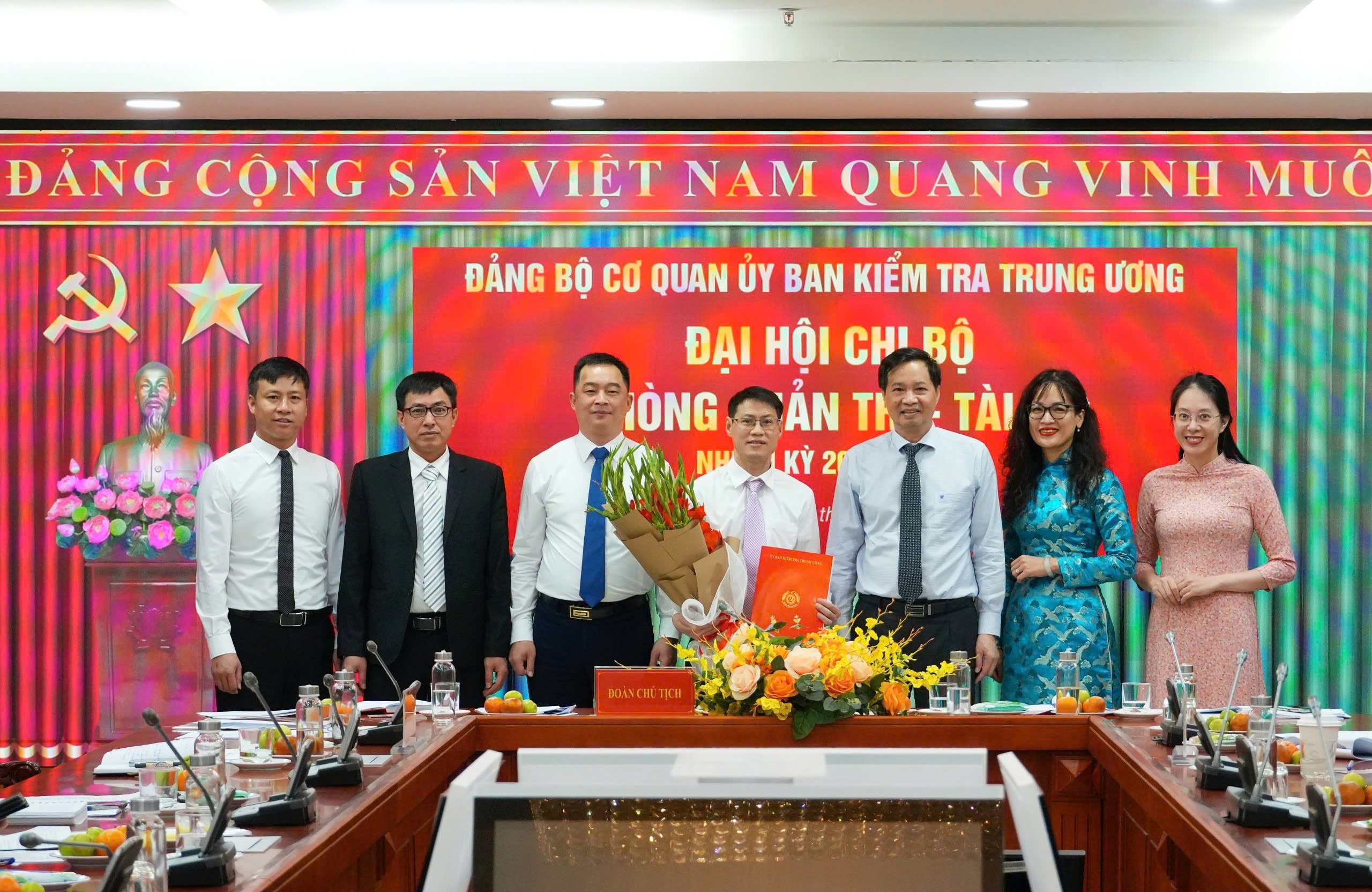
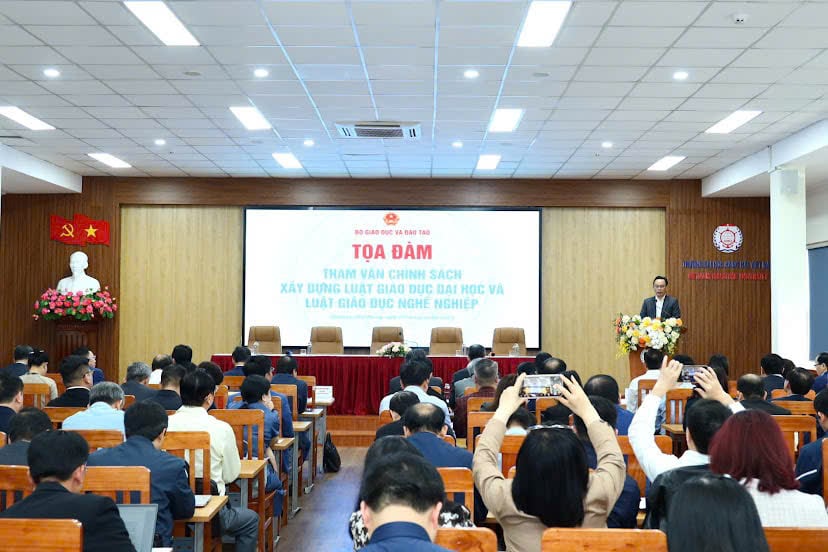









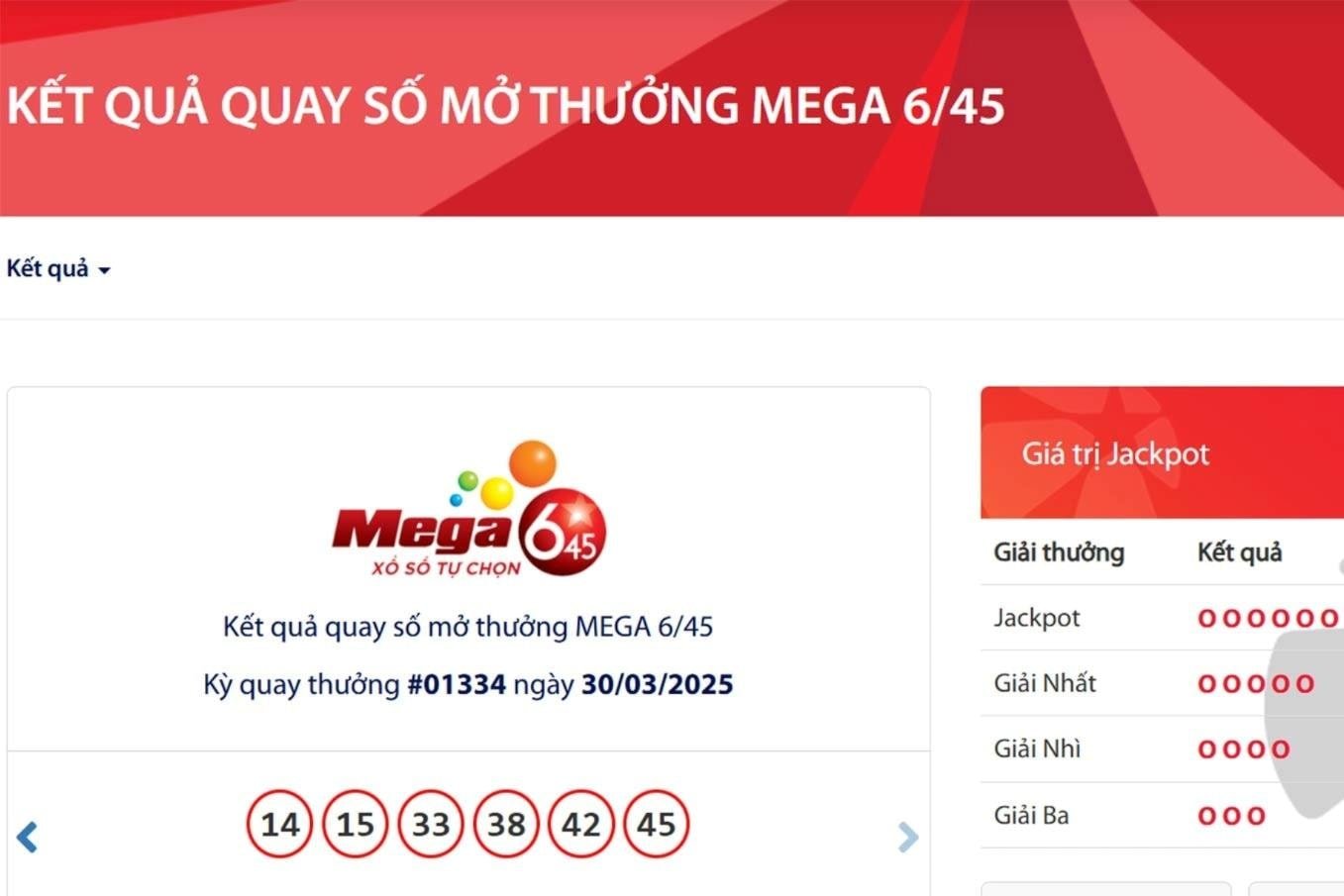


![[REVIEW OCOP] An Lanh Huong Vet Yen Cat](https://vstatic.vietnam.vn/vietnam/resource/IMAGE/2025/3/27/c25032328e9a47be9991d5be7c0cad8c)




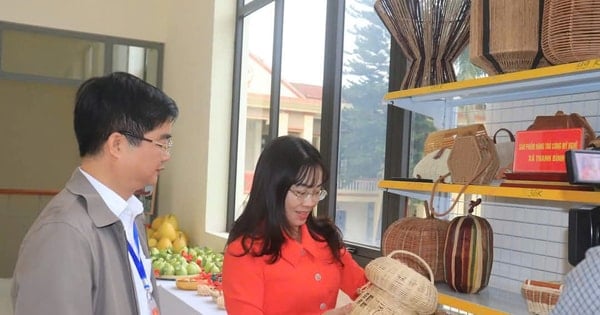
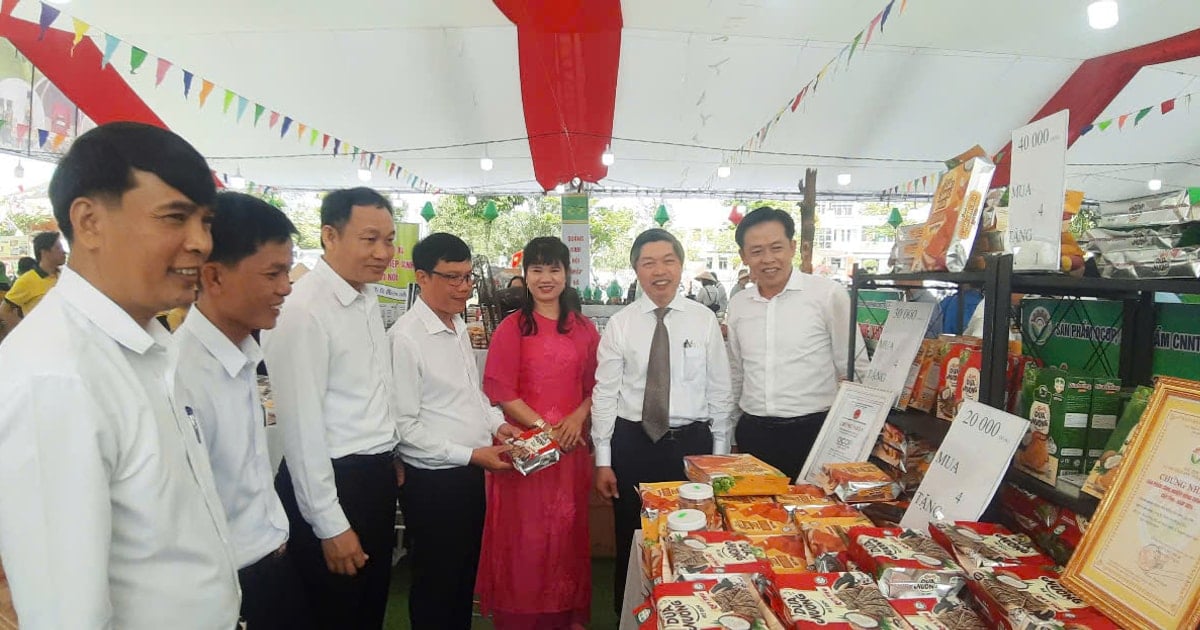

Comment (0)